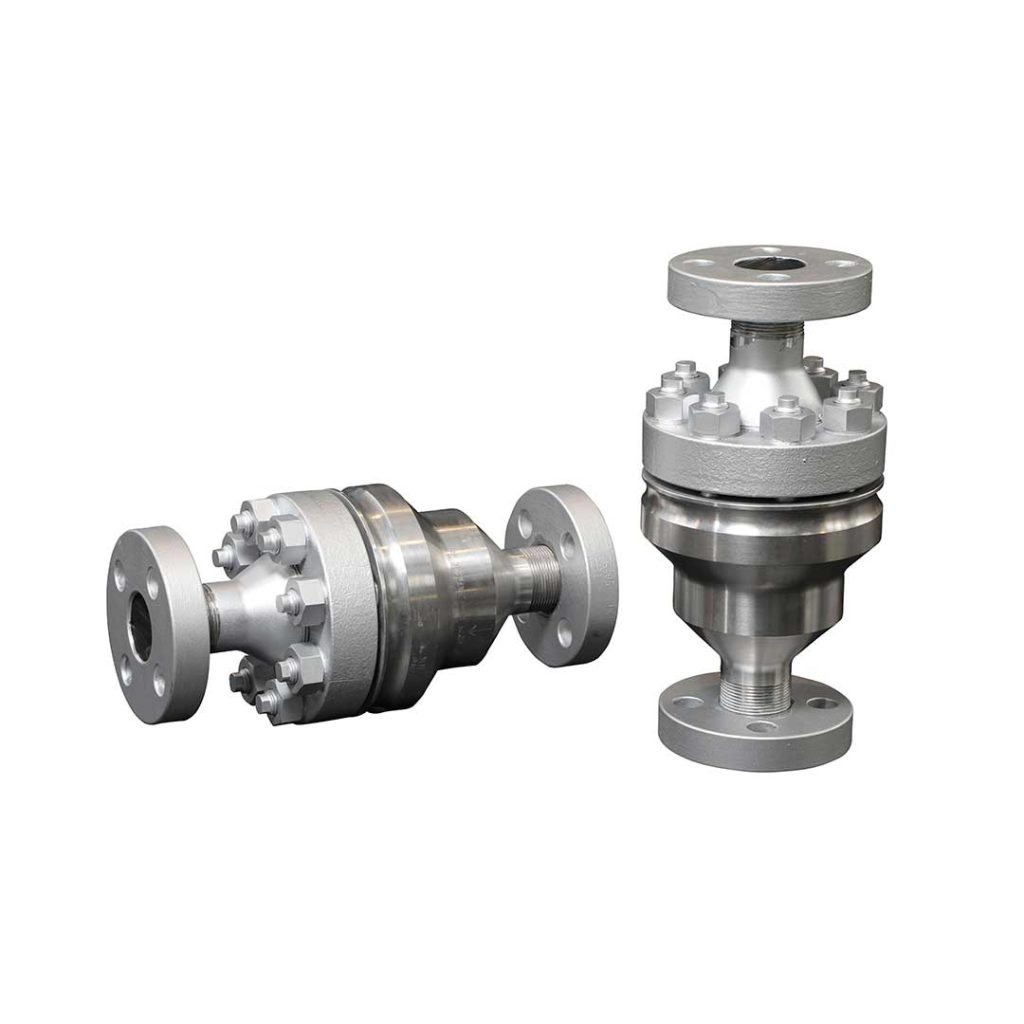When dealing with valve diagram notations, understanding the differences between PSIG Pounds per Square Inch Gauge and PSI Pounds per Square Inch is crucial for accurate communication and system design, especially in fields such as engineering, HVAC, and fluid systems. The primary distinction lies in how pressure is measured and referenced, which influences how pressure readings are applied in various systems. PSI, in its simplest form, is a unit of pressure that measures the force exerted per unit area. It is a general unit for expressing pressure and can refer to any pressure level, whether above or below atmospheric pressure. It is an absolute measure, meaning it includes the atmospheric pressure in its value. This is important in systems where knowing the total pressure is necessary for calculations or when determining stress on materials or structures.

On the other hand, PSIG Pounds per Square Inch Gauge is a unit of pressure that measures pressure relative to the local atmospheric pressure, meaning it does not include the weight of the atmosphere in its calculation. In other words, psig measures the pressure of a system above or below the ambient atmospheric pressure. When a valve diagram or pressure gauge reads PSIG, it shows the difference between the pressure within the system and the surrounding atmospheric pressure. This is particularly useful in applications where pressure above or below the atmosphere is of more interest, such as in pressurized vessels, HVAC systems, or pneumatic systems. The distinction between PSI and PSIG is often important when interpreting valve diagram notations, as valves are frequently labeled with PSIG to indicate the operating pressures they are designed to handle. For example, a valve may be rated to withstand a certain pressure, say 150 PSIG, meaning it can safely handle 150 pounds per square inch above atmospheric pressure.
In contrast, if the valve were rated in PSI simbologia de valvulas, it would reflect the total pressure, including atmospheric pressure, which could lead to misinterpretations of the valve’s capacity. In practical applications, understanding these differences allows engineers and system designers to specify appropriate valves, seals, and other pressure-sensitive components for systems where accurate pressure measurement is key. It also aids in troubleshooting, as pressure measurements using PSIG can indicate whether a system is under or over-pressurized relative to its surroundings. In summary, PSIG and PSI are both units of pressure but serve different purposes in valve diagram notations. PSI provides an absolute measure of pressure, while PSIG reflects pressure relative to atmospheric levels. Recognizing these differences helps ensure proper valve sizing, accurate pressure readings, and reliable system performance across various engineering applications.